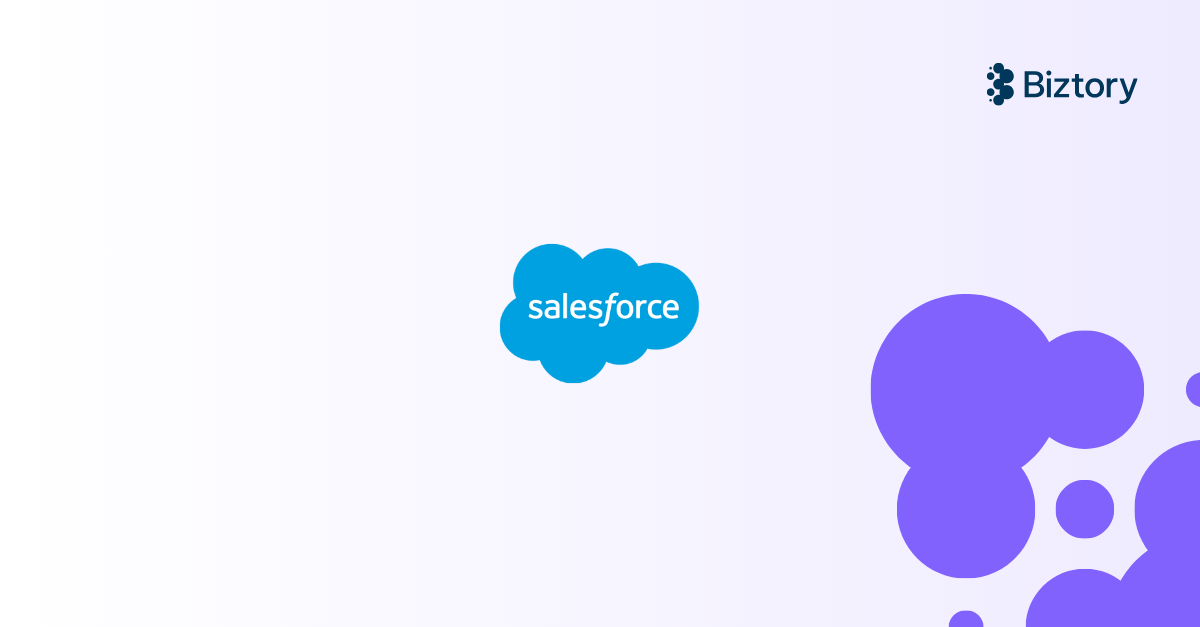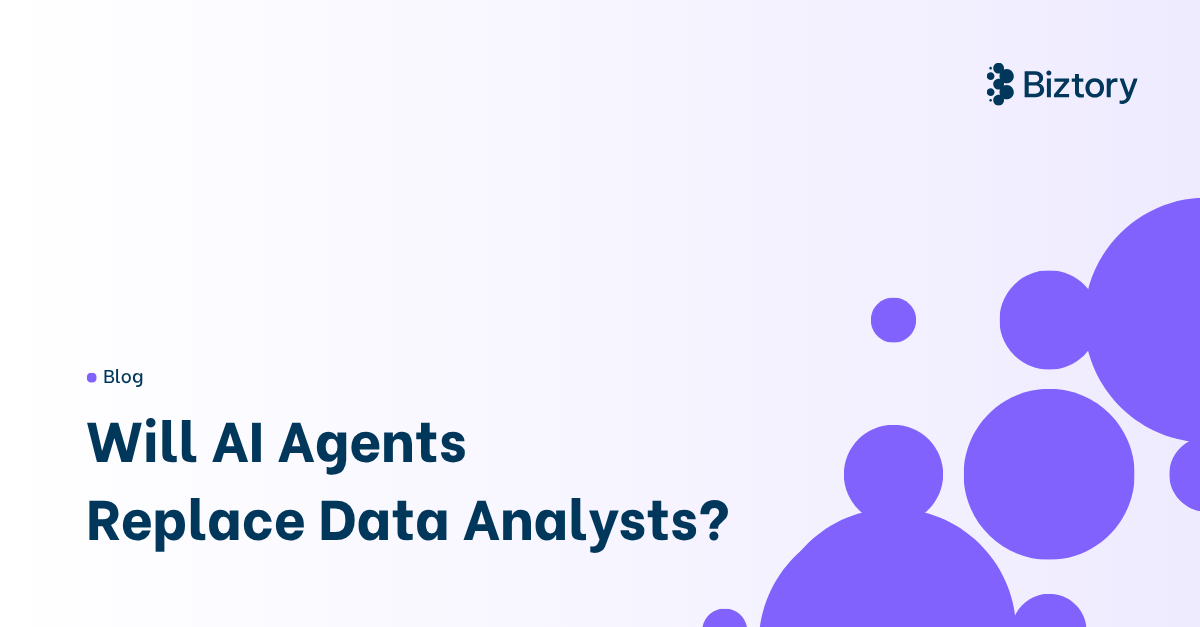There is no such thing as information overload. There is only bad design.
Work out what is necessary
Remove anything that isn't relevant to the narrative. No, this does not imply that you eliminate half of your data points. However, do eliminate any unnecessary text, lines, or shading that does not offer your user with useful information. Make sure that every legend you include is truly necessary, and keep in mind the final, published size of your dashboard. Think not just as an analyst, but also as a consumer and designer. The beauty of data visualization is that it allows design to do the hard work in terms of enhancing and communicating the story. Lines are one of the elements I always eliminate unless otherwise asked. In this example, I want to look at the sales progression through time. However, I do not need the lines because I want to have a clean design and only show the trend. In order to remove them I can right click on the sheet and select the format. This enables the format pane to show up and by setting all the options on border and lines on none I remove the unnecessary lines.
To increase readability, sort your data
When dealing with large amounts of data, sorting through your data is an incredible method to make things easier for the audience. Sorting data also enables the user to quickly identify patterns. You may want to arrange your data, for instance, if you want to include information on the best and worst performing items. Sorting can be accomplished with a variety of methods, including:
Quick sort icons
To sort data, you can utilize any of the quick sort icons. In this example, I want to see the customers by sale. In an instance you want to see which customers are buying the most products in your company.
Since the list of customers is so extensive, it is hard to immediately see which customers bought the most products. This is a great use case for sorting your data.
To sort the customers based on sales you can click on the sort buttons on the toolbar. This allows you to sort your data ascending or descending. Note: the tooltips for the sort button inform you how the data will be sorted.
When hovering over a numerical axis it will display the sort icon. This enables you to sort ascending or descending.
Sorting can be done on a field label from a header. Hovering over a field label allows you to click on the A-Z icon. This enables you to sort your data alphabetically.
Hovering over a field label on a header also enables you to see a menu where you can customize your sorting.
You can also deactivate the sort icons. This can be beneficial for conserving the visualization as you created it. This can be done by navigating to the worksheet menu and to deselect the show sort controls option. When the user now hovers over an axis, field label, or header the sort icons will not be shown.
Sort dimension in view
Sorting can be customized by utilizing the sort menu for a dimension in the view. You have to right-click (Windows) or control-click (Mac) on the dimension you want to sort and select sort.
Then choose a sort by option and shape its behaviour:
- Data source order – arranges the data in the order it is sorted in the data source.
- Alphabetic – the data is alphabetically sorted.
- Field – the data is sorted by the field you selected and whose value will be used to control the sort of the order. Note: the field does not need to be used in the view.
- Manual – the data can be sorted manually in the order that you favour.
- Nested – the data is sorted by a measure within another measure. In Tableau, this means that the data will be sorted within each pane.
Now, we have sorted our customers by sales in a descending order. We can see that the customer Sean Miller is buying the most products from Superstore.
Utilize your tooltips effectively
Tooltips can help you reinforce your message. When a user looks at your dashboard or graph, they will naturally use their mouse to investigate the marks, which will cause the tooltip to display. Most views include tooltips by default.
Tableau’s default tooltip:
However, most will forget to customize their tooltip and lose an opportunity to enhance their data story. To personalize your tooltip you can go to the worksheet menu and click on tooltip or go to the marks card and click on tooltip.
You can also rewrite your tooltips to tell a mini-story. Let’s rewrite the Tableau default tooltip:
Format your measurements
Although formatting your data only takes a few moments, it can make a significant impact in how your data is interpreted by the user. It improves the visual attractiveness of the numbers and makes them simpler to read for the user. You may make your visualization process more interesting by formatting data to show a certain amount of decimals, separators, comma, number font, currency, or percentage. In this example, I want to change the format of the profit ratio to a percentage with one decimal. You can right-click on the measure and choose the format option. This allows the format pane to pop up and there you can click on numbers and select a percentage. Now, you can select for the data to show up with only one decimal.
To draw attention to something use bright colour
Colours are a wonderful method to demonstrate the differences between numbers in data since they captivate the eye quickly. Using bright colors to highlight particular areas can aid the user in understanding what you are trying to convey with your data story.
In this example, I want to look at sales by year and month to see if there is a seasonal pattern. Tableau will by default choose for a single colour that uses the variety of shades in the same colour.
However, what if you want the user to immediately look at the highest month/year combination of sales. In the example, I changed from a sequential blue palette (Tableau’s default palette) to a diverging grey-yellow palette. Changing the highlight colour to yellow draws the user to the highest sales. Because of the grey background the yellow sticks out straight away.
Personally, I prefer to use grey as a background colour and a bright colour as a highlight colour to ensure that the user's attention is drawn to the most critical elements. It also offers the dashboard a cleaner final appearance.
These were my personal recommendations that can help you visually enhance your graphs and get you started on your visual analytics journey. Thank you for reading my blog and I hope these five pointers are useful to you on your data visualization journey.
Empower your organization with intuitive analytics
Tableau is designed to put the user first because data analysis should be about asking questions and not about learning software. With built-in visual best practices, Tableau enables limitless visual data exploration without interrupting the flow of analysis.
As the market-leading choice for modern business intelligence, the Tableau platform is known for taking any kind of data from almost any system and turning it into actionable insights with speed and ease. It’s as simple as dragging and dropping.
We are a full-stack provider and integrator, relying on extensive experience and best practices to find your unique optimal set-up allowing you to tell the data stories you are eager to tell.



